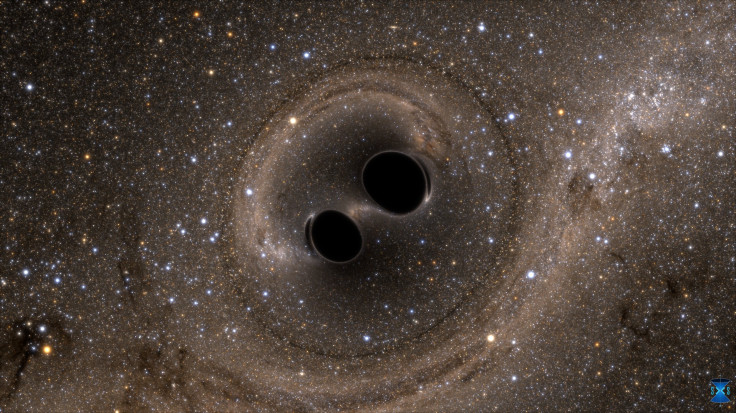China Building World’s Highest Altitude Gravitational Wave Telescopes In Tibet

They were proposed almost exactly 100 years ago by Albert Einstein, based on his theory of general relativity, but it was only in February 2016 that scientists proved the existence of gravitational waves. And now, China is starting work on the world’s highest altitude telescope that can detect them.
According to the Laser Interferometer Gravitational-Wave Observatory, or LIGO, whose scientists furnished the proof for the existence of the phenomenon: “Gravitational waves are ‘ripples’ in the fabric of space-time caused by some of the most violent and energetic processes in the universe. … The strongest gravitational waves are produced by catastrophic events such as colliding black holes, the collapse of stellar cores (supernovae), coalescing neutron stars or white dwarf stars, the slightly wobbly rotation of neutron stars that are not perfect spheres, and the remnants of gravitational radiation created by the birth of the universe itself.”
Gravitational waves are completely different from electromagnetic radiation that is commonplace in the universe, and they also interact very weakly with matter even as they travel through space at the speed of light. Studying them is a completely new way, unhindered by cosmic noise, to study the nature of space and time.
Located 5,250 meters (over 17,200 feet) above sea level in Tibet, the Chinese telescope will be very well-placed to study the primordial phenomenon. The region has clear skies and minimal human activity, making it ideal for observing faint echoes from the earliest days of the universe, soon after the Big Bang.
The first telescope, code-named, Ngari No. 1, is already under construction, according to Xinhua, which cited Yao Yongqiang, chief researcher with the National Astronomical Observatories of the Chinese Academy of Sciences, who added it will be operational by 2021.
The second phase of construction, called Ngari No. 2, will involve a series of telescopes that will be constructed even higher, at an altitude of about 6,000 meters. No time frame has been given yet for completion of the second phase, but the cost of building the two-phase observatory is estimated to be 130 million yuan (about $18.8 million).
Of the seven continents on Earth, only Asia, North America and South America have mountains higher than Ngari No. 2.
© Copyright IBTimes 2024. All rights reserved.











